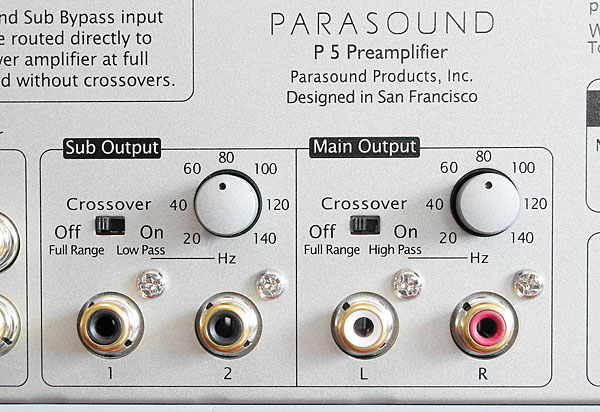| Columns Retired Columns & Blogs |
The remark about "carving away everything that does not look like a guitar" is not very original.
"Struggling to emerge from the brute marble, they remind us that Michelangelo is supposed to have said that he simply 'carved away everything that wasn't the sculpture'."
http://online.wsj.com/news/articles/SB10001424127887324374004578219664085863282










































